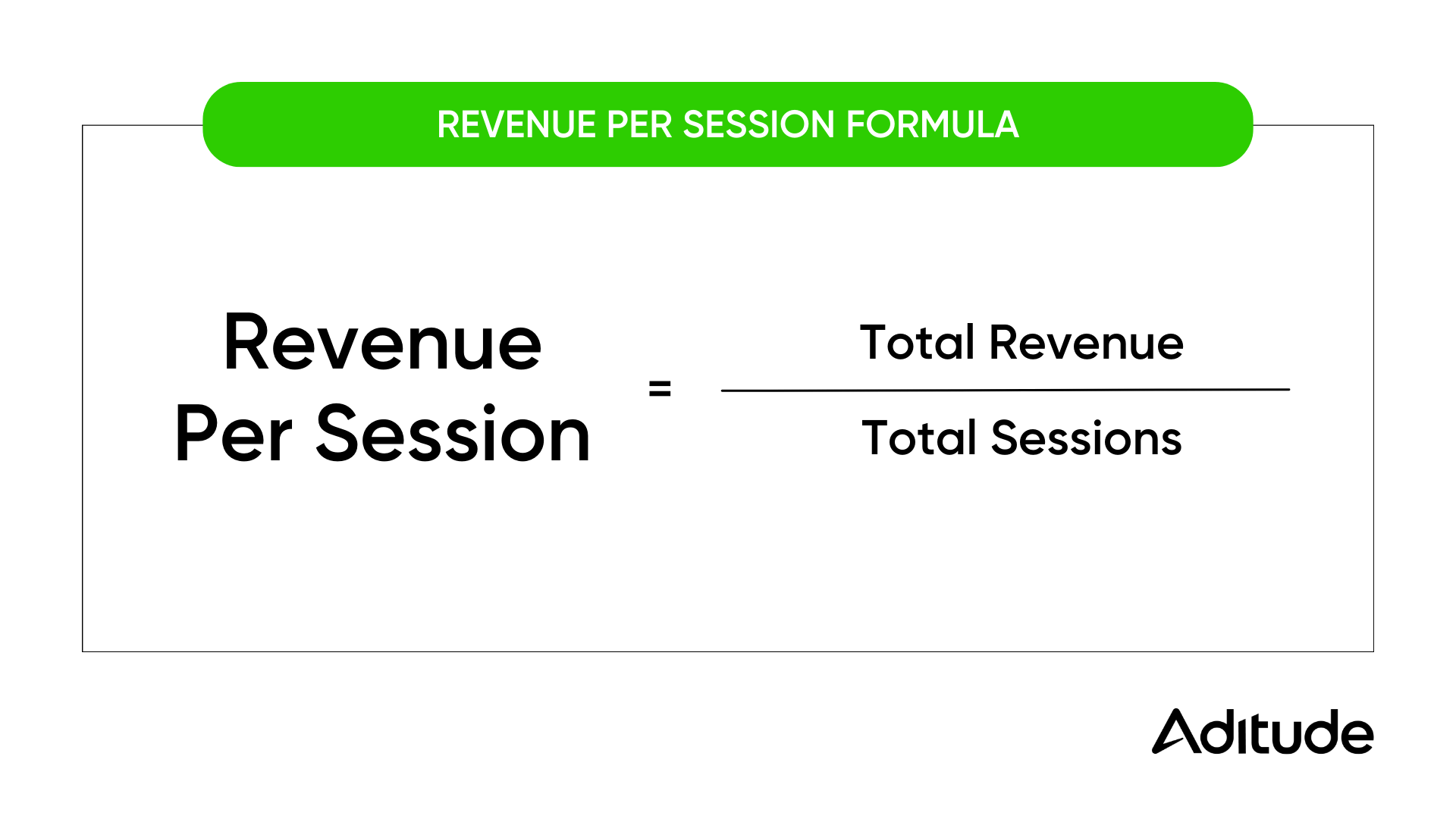RPS Calculator
Revenue per session (RPS) measures the average amount of revenue generated per user session on a website or app.
Decoding Revenue Per Session (RPS)
In today's digital landscape, where competition is fierce and user engagement is paramount, publishers must arm themselves with the right metrics to navigate the complex world of monetization. One such metric that holds immense significance is Revenue Per Session (RPS). Let's explore what RPS entails, why it matters, and how publishers can leverage it to optimize revenue.
What is RPS?
At its core, Revenue Per Session (RPS) measures the revenue generated per user session on a digital publishing platform. It's a simple equation: divide the total revenue accrued within a specific timeframe by the total number of user sessions during that period. This straightforward yet powerful metric offers publishers invaluable insights into their revenue streams.
How to calculate RPS?
Use our RPS calculator, or the formula for RPS is:

For instance, if a website generates $10,000 in monthly revenue and has 5,000 user sessions in the same period, the RPS would be $2. This indicates that, on average, each user session contributed $2 in revenue. You can use our RPS calculator to determine RPS.
The Importance of Embracing RPS
- Data-Driven Decision Making: RPS provides publishers with data-driven insights to make informed decisions. By analyzing this metric, publishers can pinpoint performance issues, optimize ad placements, refine content strategies, and tailor marketing efforts for maximum impact.
- Strategic Optimization: With RPS data, publishers can fine-tune their sales funnels, implement personalized content recommendations, and adjust marketing strategies to maximize revenue. RPS is a guiding light, helping publishers channel their efforts into strategies that directly influence revenue growth.
- Holistic Performance Tracking: RPS offers a comprehensive overview of a website's performance over time. Publishers can use this metric to measure the effectiveness of their strategies, monitor progress toward revenue targets, and course-correct as needed.
- CPM Uplifts: Increasing RPS can drive up CPMs by attracting more demand from advertisers. As RPS rises, publishers experience heightened competition, leading to higher CPM rates and increased revenue potential.
Strategies for Maximizing RPS
To boost RPS and optimize revenue streams, publishers can deploy a range of strategies tailored to their audience and niche:
- Optimize the Sales Funnel: Analyze and optimize the sales funnel to identify and address bottlenecks that hinder conversions. Enhance product recommendations, streamline the checkout process, and personalize user experiences to improve conversion rates.
- Encourage Higher Average Order Values: Implement tactics such as upselling, cross-selling, and offering incentives like free shipping on larger orders to increase average order values and boost RPS.
- Invest in User Experience: Prioritize responsive customer service, prompt responses, and an intuitive website design to enhance visitor engagement and foster loyalty, ultimately driving up RPS.
Conclusion
Revenue Per Session (RPS) serves as the essential compass for publishers navigating the complexities of revenue optimization in the digital realm. By comprehending RPS, publishers can decipher user behavior intricacies, pinpoint revenue avenues, and deploy strategies for maximizing earnings. Embracing RPS as their guiding North Star, publishers can steer toward digital prosperity and unleash their complete revenue potential.
Partnering with Aditude provides the means to enhance RPS and grants access to our reporting and analytics tool, Insights, enabling real-time monitoring of RPS performance and facilitating informed decision-making for sustainable growth. You can book your demo today!